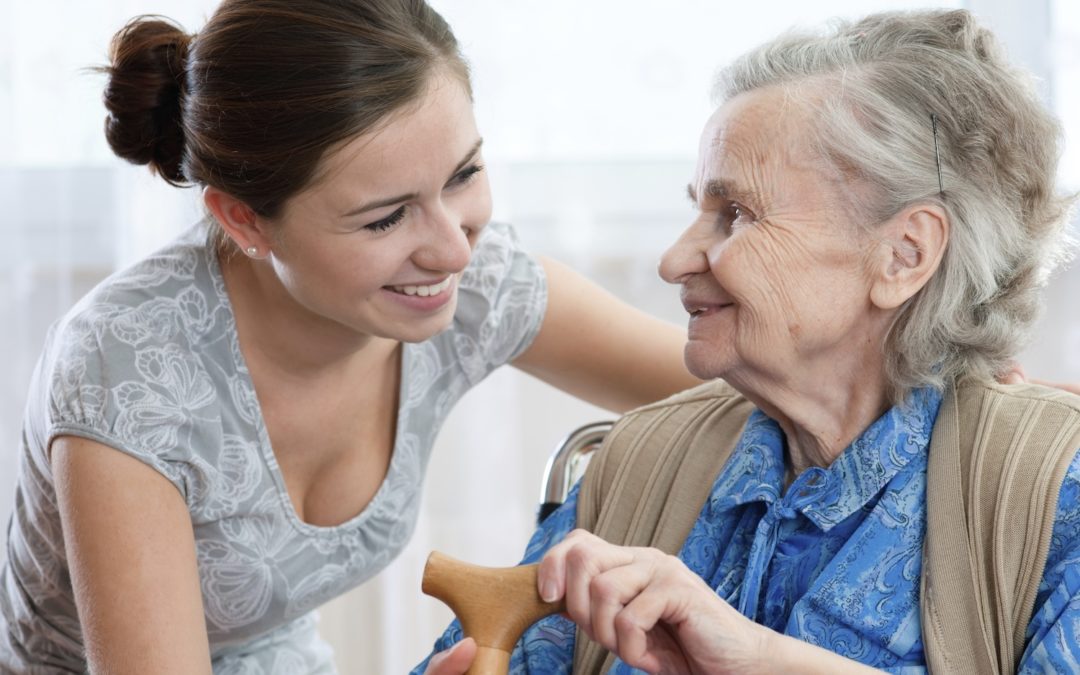First published by the Pacific-Palisadian
Every year, over 2.8 million fall-related injuries are treated in emergency departments and 800,000 people are hospitalized after a fall. For adults aged 65 and over, normal changes that come with aging such as poor eyesight or hearing can make you more prone to falling. However, there are some steps you can take to reduce the risks and help with elderly fall prevention.
Speak to Your Doctor
Tell your doctor as soon as you have a fall or start feeling unsteady on a regular basis. Some medicines can make you more prone to falling; your doctor can review these and may be able to reduce or eliminate any which increase your risk. They can also check your blood pressure, deficiencies (such as Vitamin D deficiency) and strength and balance, all factors which can contribute to fall risk.
Get your Eyes Examined Annually
Vision issues can play a major factor in fall risk, so if you’re a senior, It’s important to have your vision checked at least once a year. Conditions like glaucoma or cataracts can also cause problems and affect visibility. Make an appointment with your eye doctor and be sure to update your eyeglasses if needed.
Assess Your Feet
It can also be worth visiting a podiatrist too. A podiatrist can identify any gait abnormalities and treat foot pain. Not wearing the right shoes can increase the chances of falling significantly. Podiatrists can check whether your footwear is suitable and help arrange better fitting options or provide inserts and other orthosis remedies to correct alignment and provide additional support.
Exercise to Improve your Balance and Strength
As we age, our muscle strength and balance gradually decrease, and with it, our likelihood of falls increases. Taking part in regular exercise can help strengthen the body as well as improve posture and coordination. Whether it’s Tai Chi or simply walking, there are plenty of options to suit all levels and abilities. In some cases, in-home physical therapy visits may be the best solution.
Make your Home Safer
Removing obstacles and hazards that can cause you to trip can help reduce your chances of having a fall. Getting rid of throw rugs and using double-sided tape to stick larger rugs down can help, as well as installing night or motion activated-lights. Grab bars, non-slip mats in the bathtub and shower floors, and raised seating can help too.
The most important thing is to take action if you or a loved one is at risk of falling. Early intervention can go a long way to reduce the risk of serious injury and other consequences of falls. If you’re concerned about yourself or a loved one, speak to your healthcare provider and don’t delay in getting the support you need.

